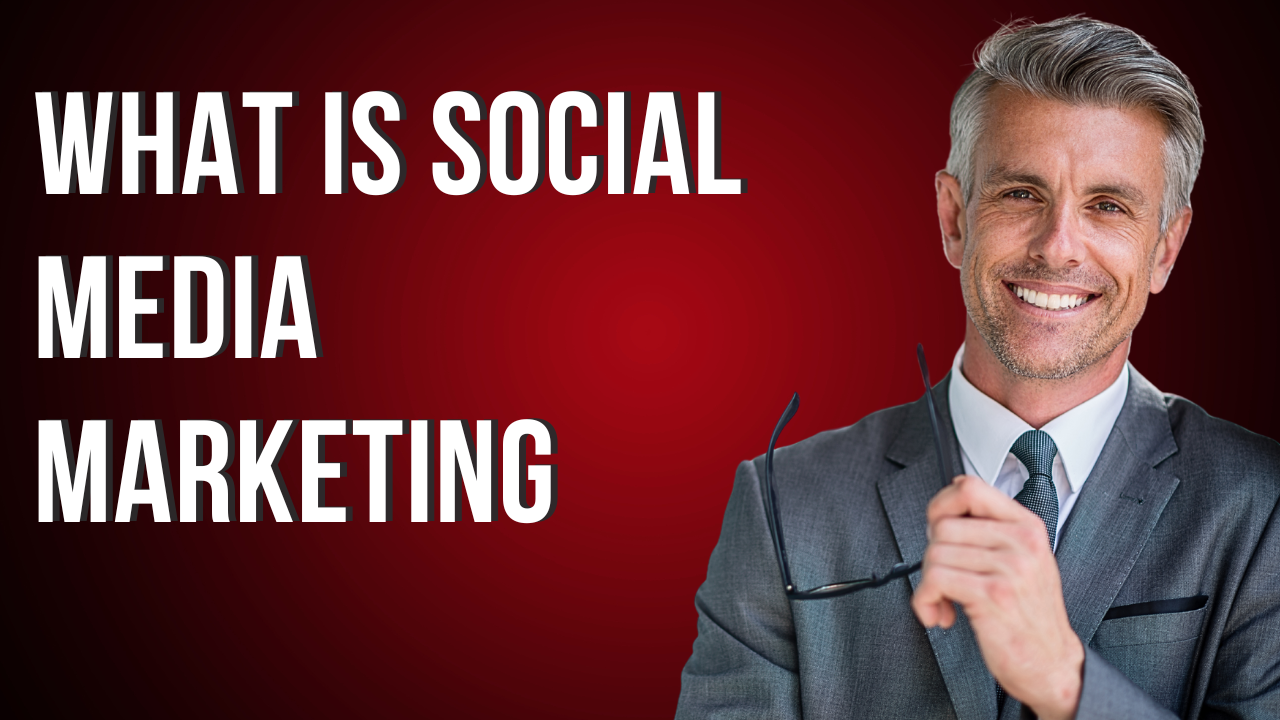Many people often confuse social media marketing (SMM) with social media optimization (SMO), assuming they are the same. But the reality is, both are very different in terms of objectives, strategies, and outcomes. In fact, social media marketing is a step that comes after social media optimization.
Let’s understand this in detail.

Difference Between Social Media Optimization and Social Media Marketing
Before jumping into marketing, a business, brand, or individual must first create a strong foundation on social media. This foundation is laid through social media optimization.
Step 1: Creating a Social Media Presence
The first step is to create profiles on different social media platforms. At this stage, no complex strategies are involved—just basic account setup. The goal here is simple: to build a digital presence.
Step 2: Optimizing Social Media Profiles
Once profiles are created, the next step is optimizing them according to each platform. This includes:
- Uploading profile and cover images
- Writing compelling bios and descriptions
- Filling in complete business information (email, phone, address)
- Maintaining brand consistency in visuals and messaging
- Creating content tailored for each platform (e.g., Instagram, Facebook, Twitter)
This step ensures that each social media profile is fully optimized and professional, making it easier for users to understand your brand.
Step 3: Content Creation and Consistency
After optimizing profiles, content creation begins. At this point, a brand starts to publish posts, share updates, and engage with followers. This creates a trustworthy and valuable image on social platforms.
Only after completing these optimization steps do we move on to social media marketing.
What is Social Media Marketing?
Social Media Marketing (SMM) refers to the strategies and actions taken to promote a brand, drive website traffic, generate leads, and increase conversions using social media platforms.
The key focus in SMM is on achieving specific business goals through targeted content distribution and advertising campaigns.
Key Elements of Social Media Marketing
1. Paid Advertising Campaigns
While organic efforts do play a role, paid campaigns form the backbone of social media marketing. Platforms like Facebook, Instagram, LinkedIn, and Twitter offer robust advertising systems that allow you to:
- Target users based on interests, behavior, demographics, and location
- Choose specific placements (stories, feeds, sidebars, etc.)
- Build custom audiences from your existing page followers or website visitors
- Run hyper-targeted ads to maximize ROI
2. Content Strategy and Calendar
A well-thought-out content strategy is crucial for successful SMM. This includes:
- Planning a content calendar
- Choosing the right content formats (images, videos, carousels, stories, etc.)
- Aligning content with marketing goals such as traffic, engagement, or sales
- Understanding what type of content is trending and relevant to your audience
3. Advertising Skills and Campaign Management
To run effective paid campaigns, advertising skills are essential. This includes:
- Budget management and bidding strategies
- Writing persuasive ad copy
- Designing compelling ad creatives
- Choosing the right campaign objective (awareness, leads, sales, traffic)
Without proper knowledge, advertising can lead to budget wastage and poor results.
4. Objective-Based Campaigns
Every business has different objectives at different times. Social media marketing allows you to tailor your campaigns based on these goals:
- Brand Awareness Campaigns
- Lead Generation Campaigns
- Sales-Focused Campaigns
Each campaign is structured differently depending on the desired outcome.
5. Retargeting and Remarketing
One of the biggest advantages of SMM is the ability to retarget website visitors. For example, if a visitor lands on your website (e.g., abc.com), and later browses Facebook or Instagram, you can show them your ad again through:
- Pixel-based retargeting
- Custom audience creation
- Dynamic ads based on user behavior
This increases the chance of converting interested users into actual customers.
Conclusion: SMO vs. SMM
To sum it up:
- Social Media Optimization (SMO) is all about setting up and preparing your social media profiles for effective use.
- Social Media Marketing (SMM) begins after optimization and focuses on driving results through content strategy and paid campaigns.
While SMO lays the groundwork, SMM takes your online presence to the next level by bringing in traffic, leads, and conversions through strategic efforts.
Stay tuned for more insights on how to build and scale your digital presence through effective social media techniques.
